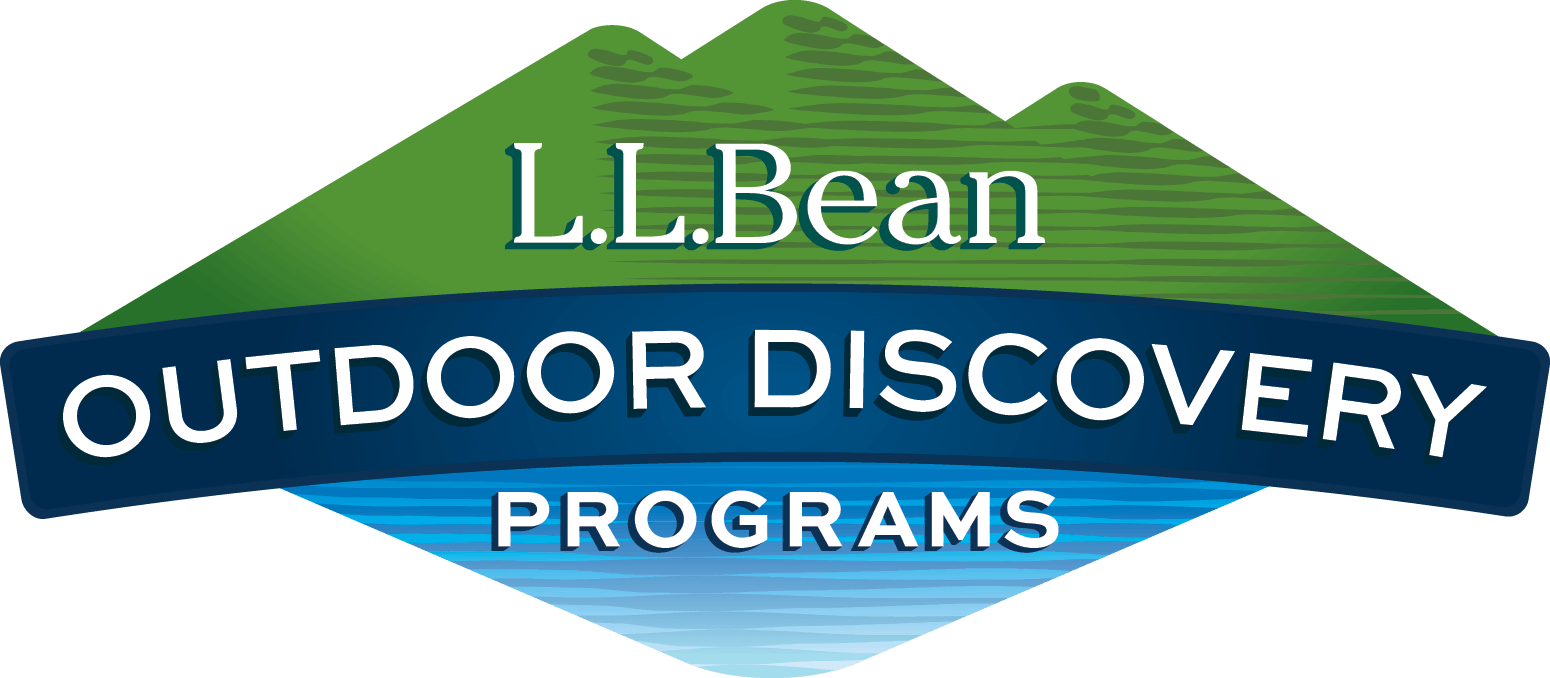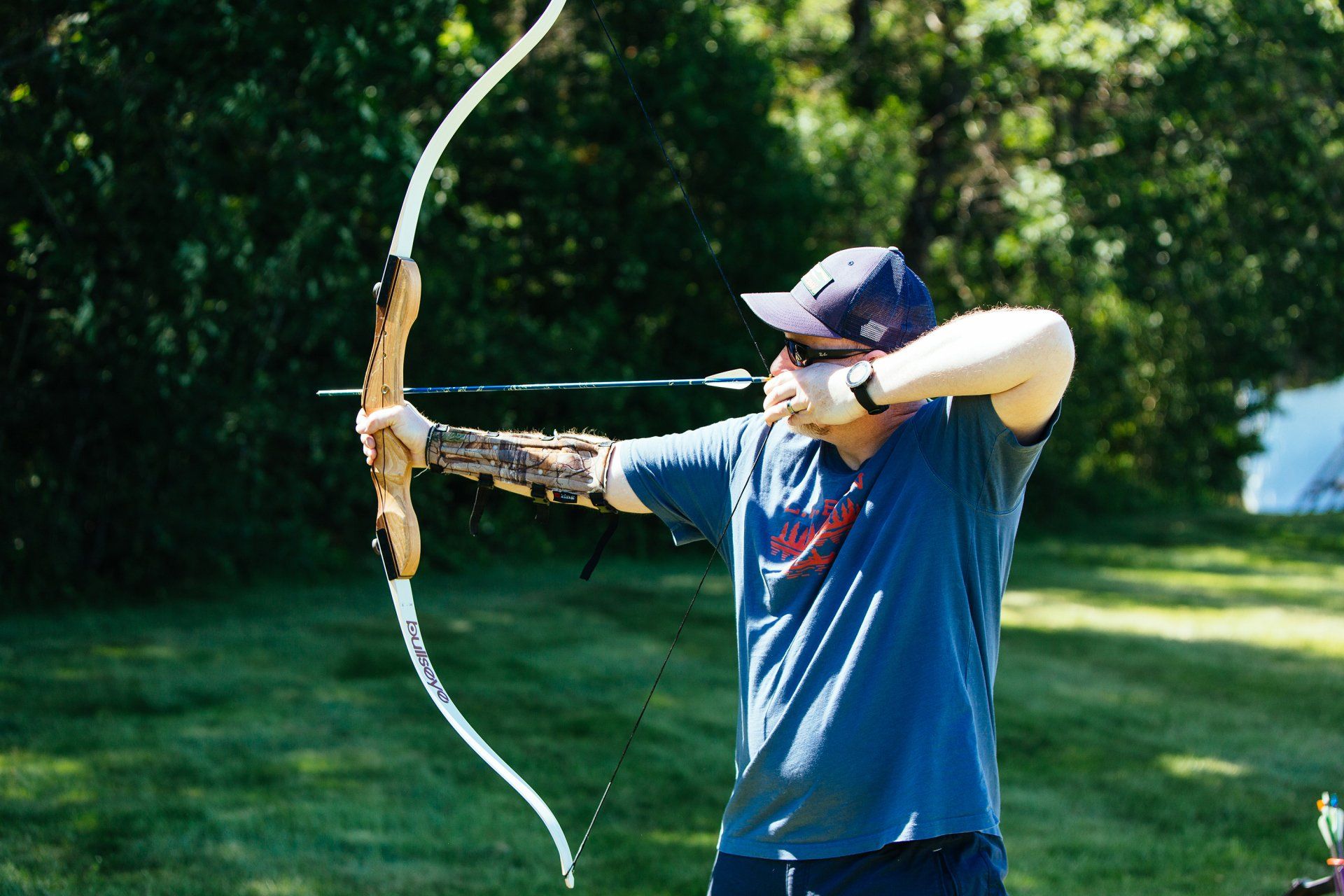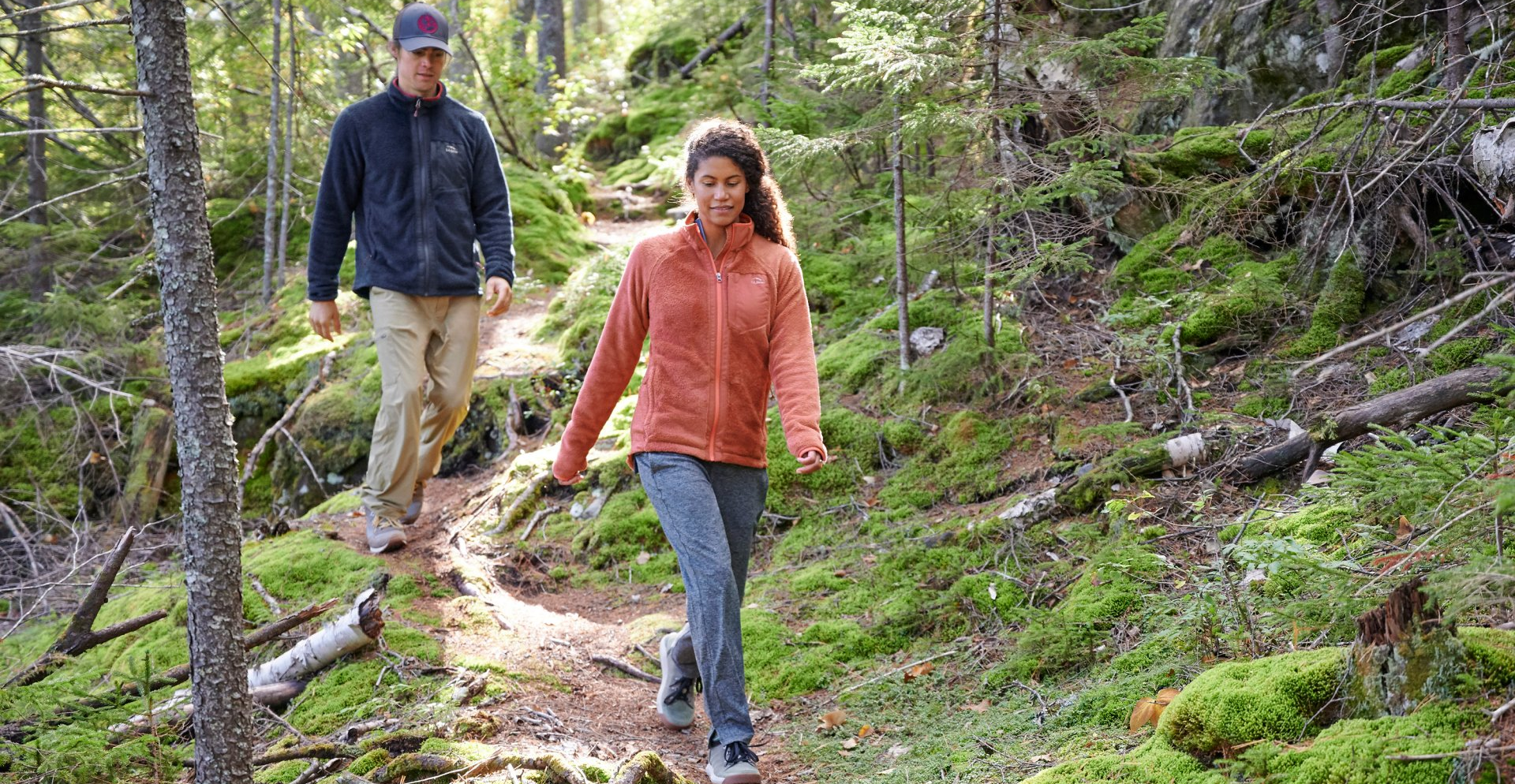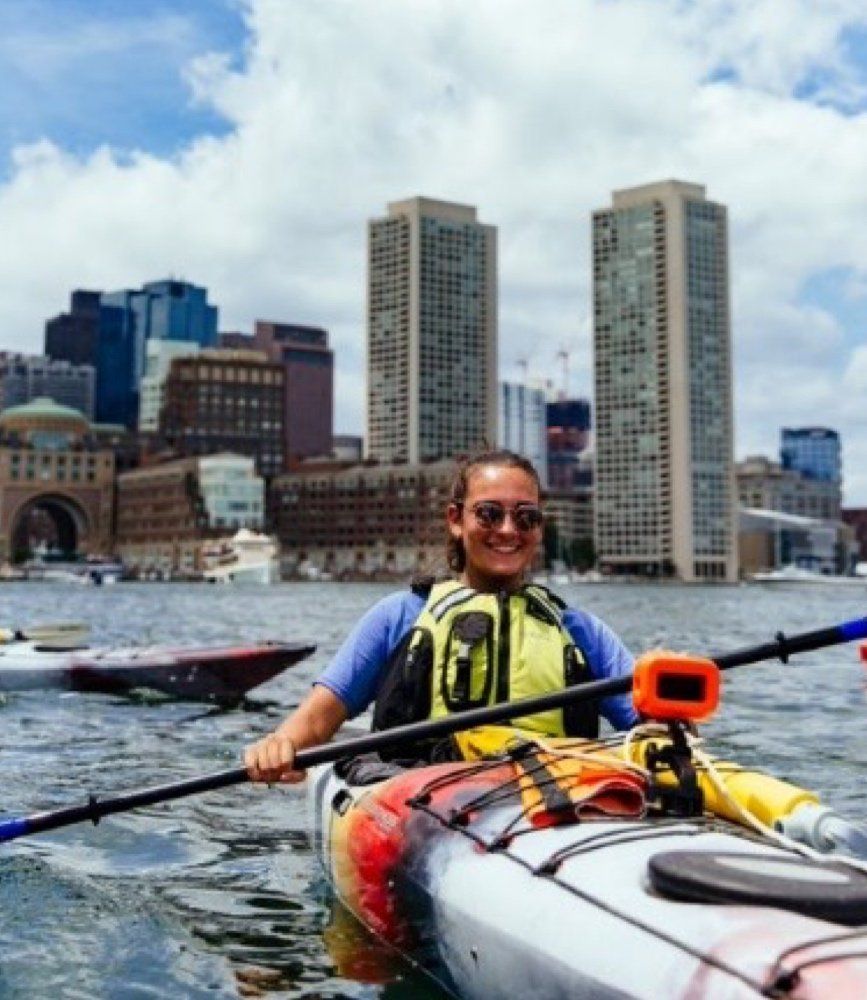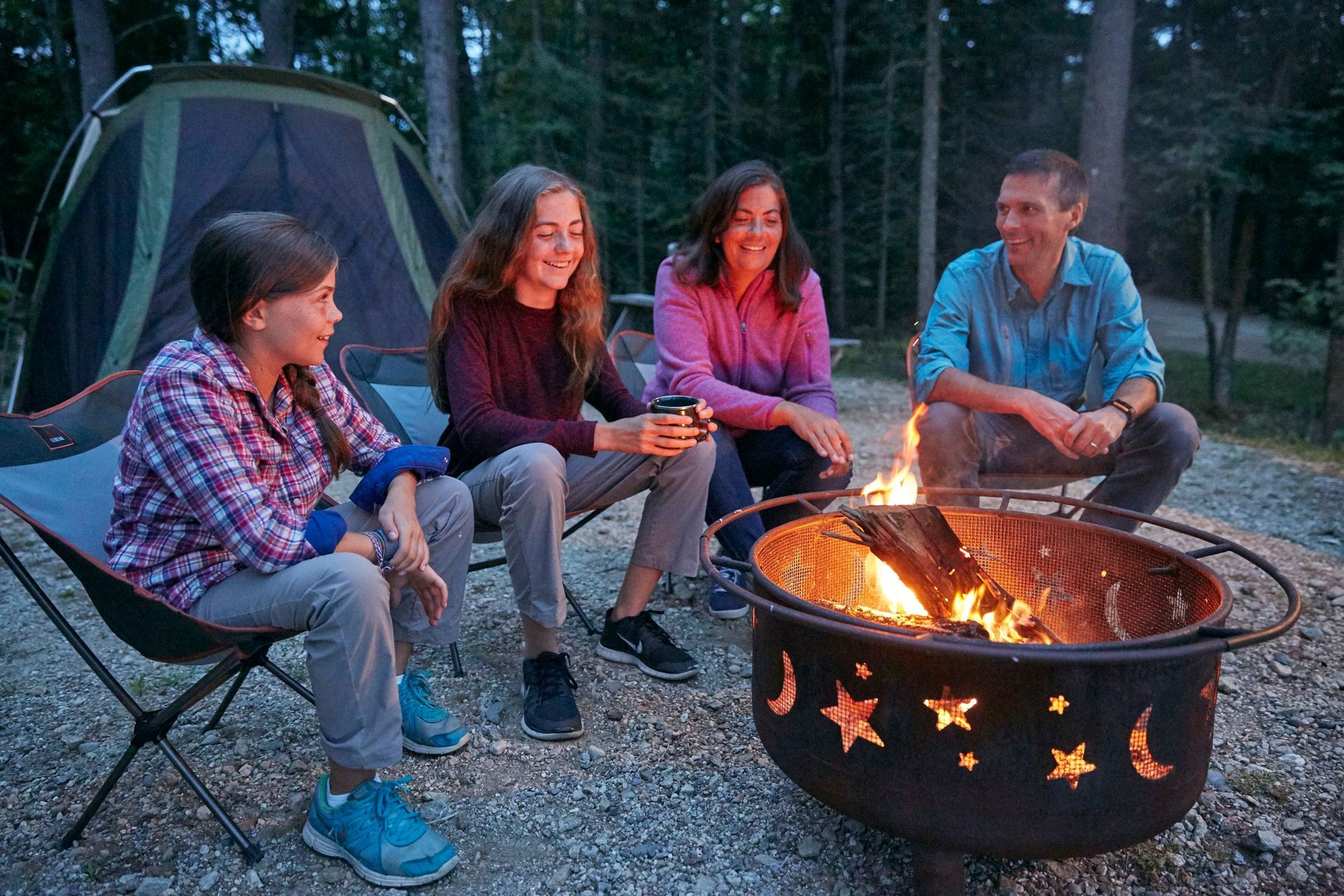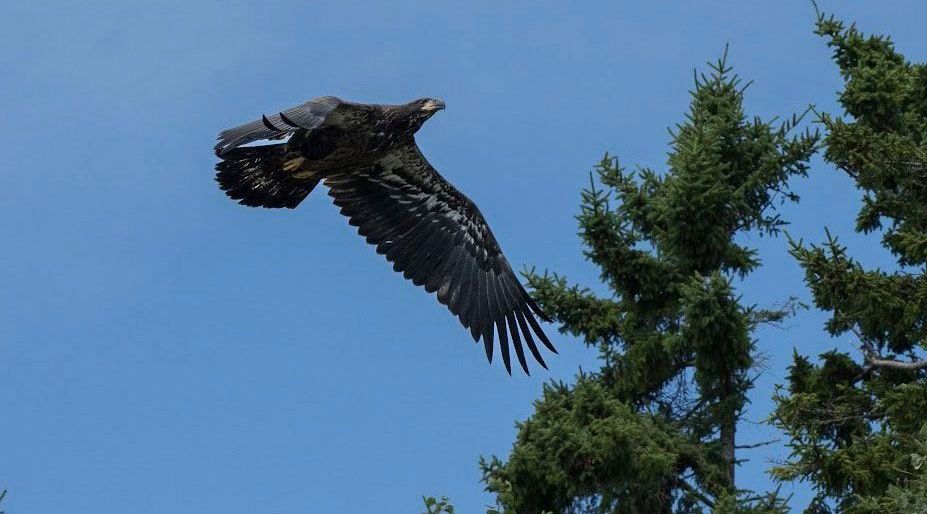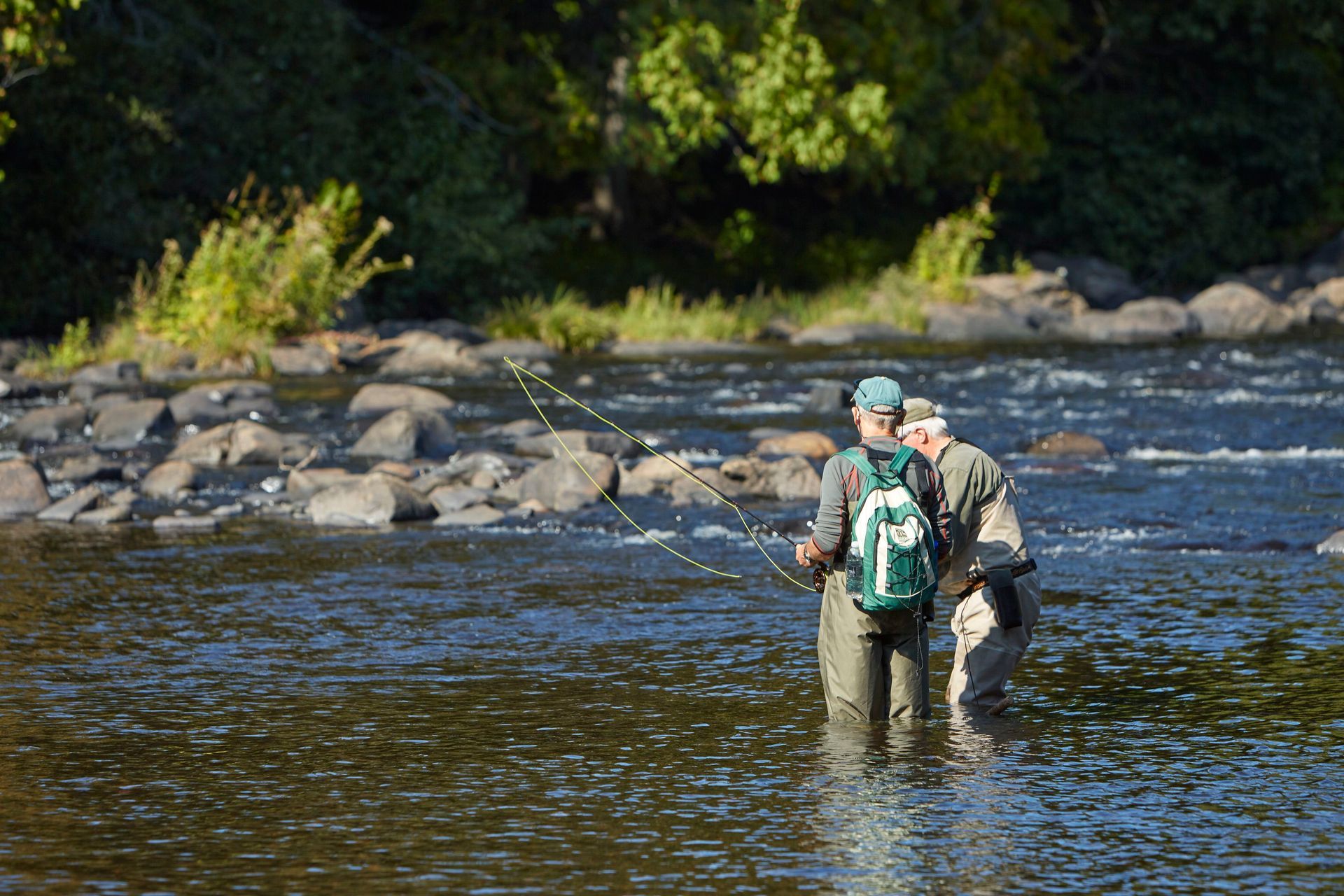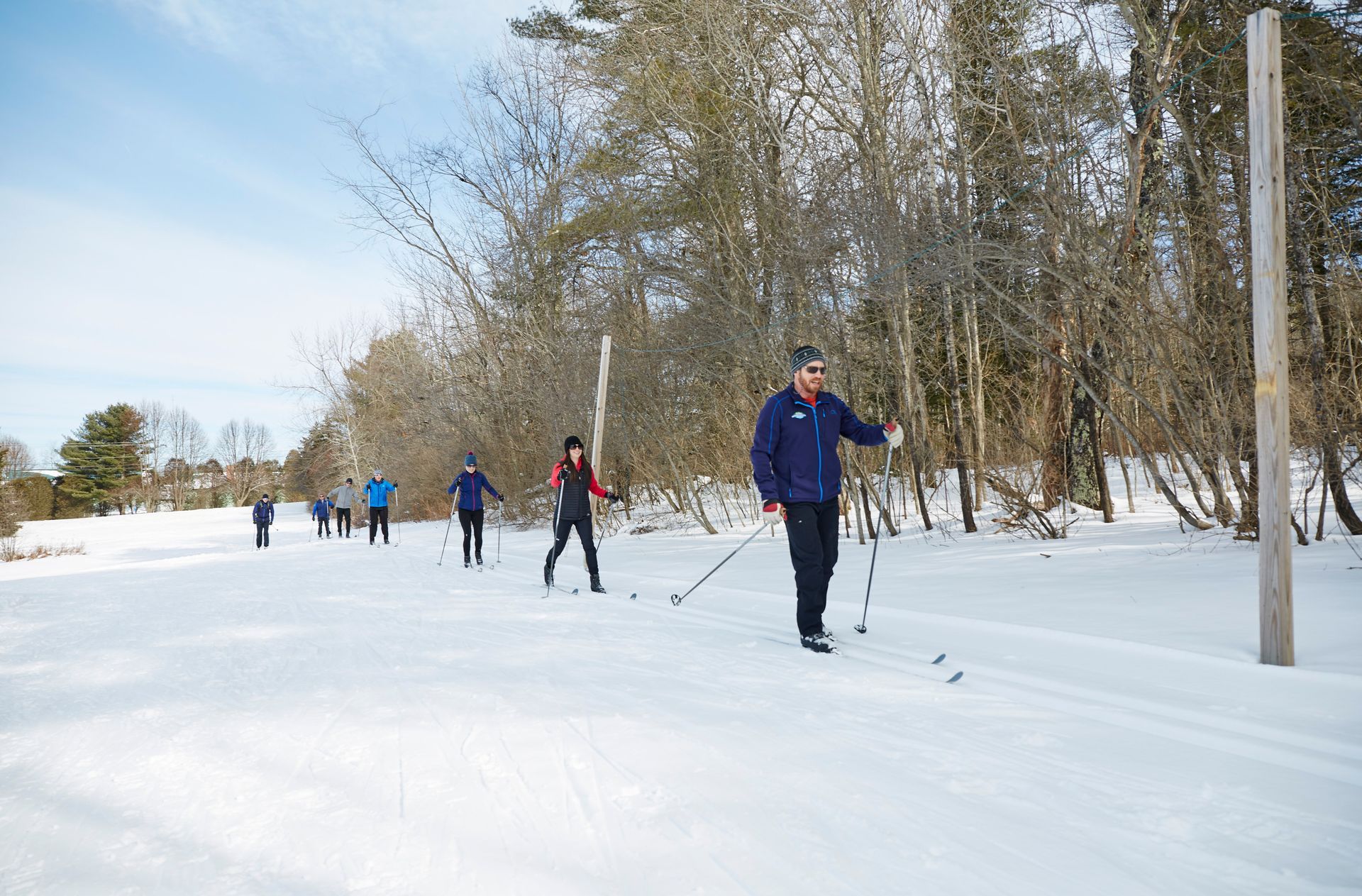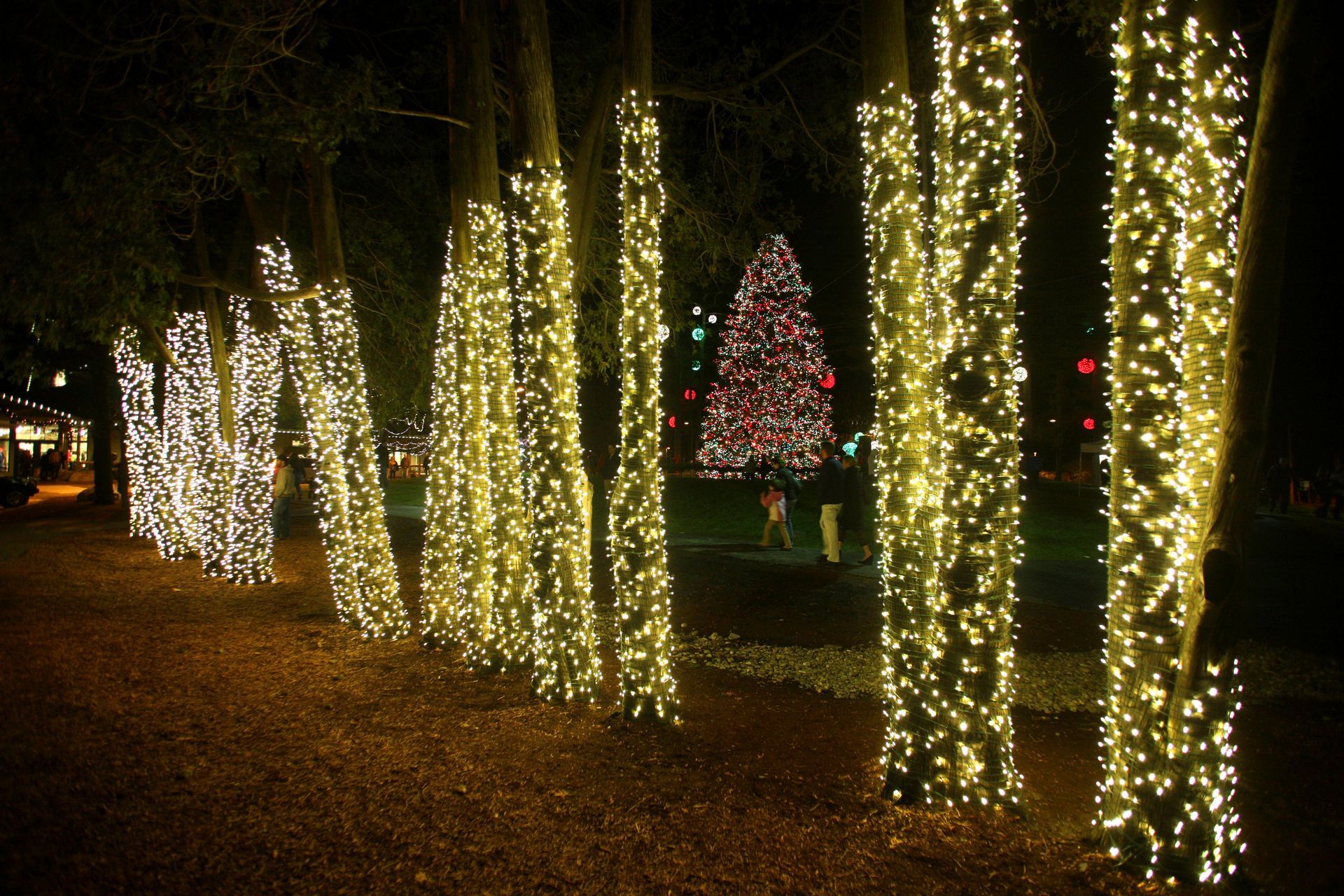8 Helpful Tips for the Beginner Kayaker
BY KRIS C., PROGRAM SUPERVISOR, REGISTERED MAINE GUIDE
Getting started with kayaking can be a fantastic adventure, but it's important to start with the right knowledge and skills. Here are some helpful tips for beginner kayakers to ensure a safe and enjoyable experience:
1. Choose the Right Kayak
- Type of Kayak: Consider what type of kayaking you’ll be doing (e.g., recreational, touring, or whitewater). Each type of kayak is designed for specific conditions and activities.
- Fit: Make sure the kayak fits you well. Your seat should be comfortable and provide adequate support. Having a properly fitted boat will lead to being more comfortable and having more control of your kayak.
2. Learn Basic Safety
- Wear a PFD: Always wear a personal flotation device (PFD). It’s essential for safety, even if you’re a strong swimmer.
- Check Weather Conditions: Before heading out, check the weather and water conditions. Avoid the trap of heading out for a paddle when the conditions are calm and assuming they’ll stay unchanged. Conditions can change quickly and if you’re not prepared you may find yourself far from the location of your takeout with a long paddle ahead of you.
- Leave a Float Plan: Let someone know your plans and expected return time. This improves the response time for someone to find you should something happen while you’re on the water.
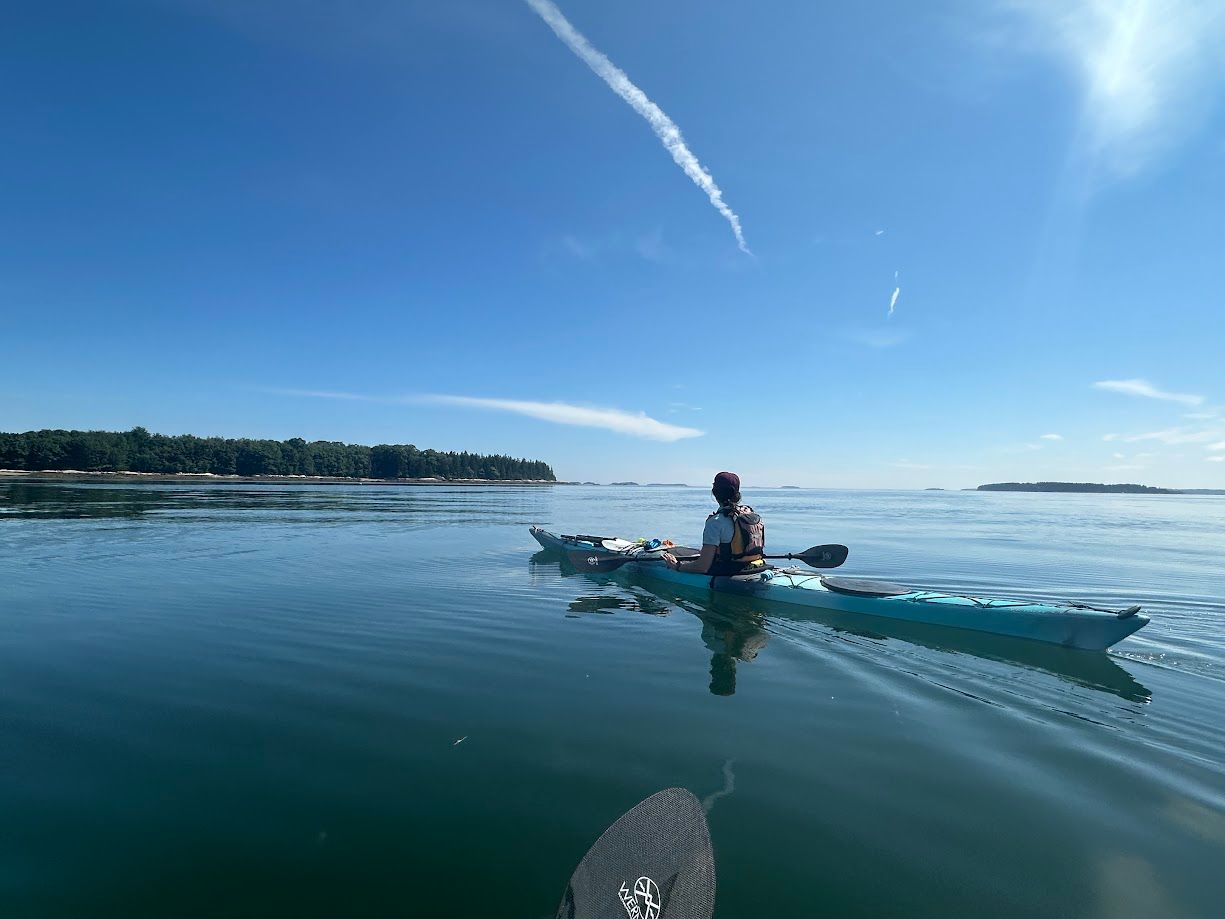
3. Master the Basics
- Getting In and Out: Practice entering and exiting the kayak on land before heading to the water. It’s important to be smooth and deliberate to maintain balance.
- Paddle Technique: Learn the basic paddling strokes: forward stroke, reverse stroke, and sweep stroke. Proper technique will help you maneuver more efficiently. A great way to learn these techniques is to join our expert Outdoor Discovery Program instructors on a kayaking skills course!
- Practice Capsizing and Re-Entry: All kayakers will capsize their boat at some point. That’s why it’s important to practice how to handle a capsize and get back into your kayak. At least some basic skills for self-rescue are invaluable. Fortunately, the Outdoor Discovery Programs also have courses where you can learn these skills from our expert instructors!
4. Focus on Technique
- Body Position: Sit up straight with your back aligned and engage your core. This position helps with balance and efficient paddling.
- Use Your Core: Paddle using your core muscles rather than just your arms. This approach helps in achieving a more powerful and less tiring stroke.
- Smooth Strokes: Aim for smooth and consistent strokes rather than fast and jerky movements.
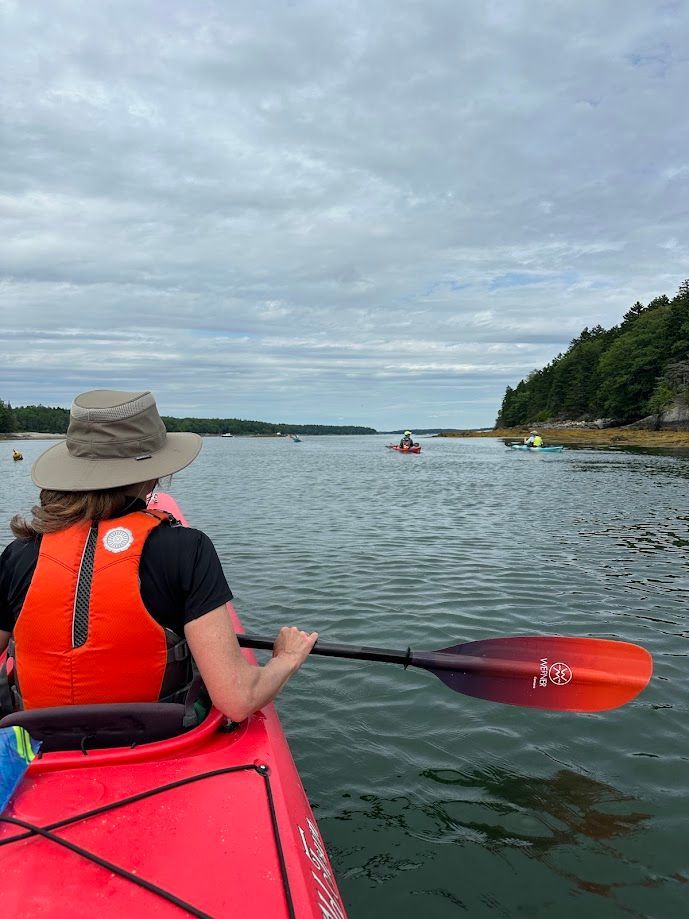
5. Equip Yourself Properly
- Appropriate Gear: Wear a wetsuit or drysuit if paddling in cold water. Use a spray skirt if you’re in a kayak that requires one to keep water out.
- Bring Essentials: Carry essential items like a whistle, a map, a compass, a paddle float, a bilge pump, a first-aid kit, and a dry bag for your valuables.
Read more about recommended gear in our Essential Gear for Every Kayaking Adventure blog post.
6. Respect Nature
- Follow Leave No Trace Principles: Respect the environment by following Leave No Trace principles. Avoid disturbing wildlife and properly dispose of any waste.
7. Paddle with Others
- Join a Group: Paddling with others can provide safety, support, and camaraderie. It’s also a great way to learn from more experienced kayakers.
8. Enjoy the Journey
- Have Fun:
Most importantly, remember to enjoy the experience. Kayaking is a great way to connect with nature and have fun on the water.
By following these tips and practicing regularly, you’ll build confidence and improve your skills as a beginner kayaker. And don’t forget to join us on one of our L.L.Bean Outdoor Discovery Programs. Find out what kayaking courses and tours L.L.Bean Outdoor Discovery Programs offers near you, starting at just $34.95!
Happy paddling!
